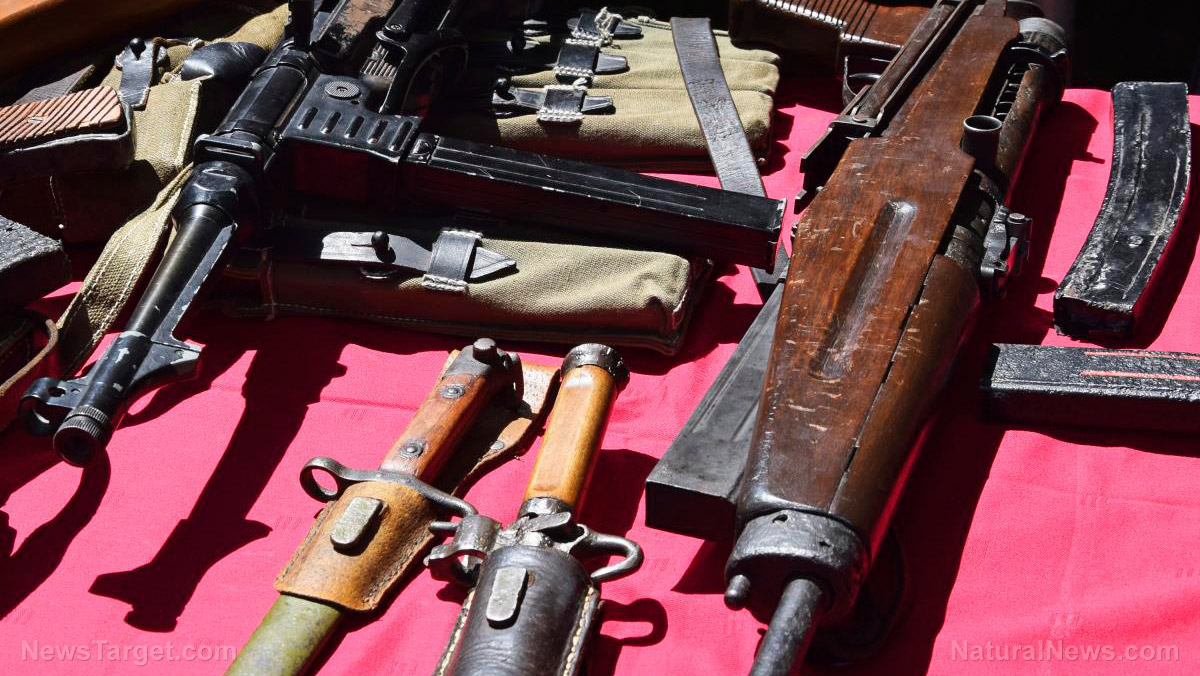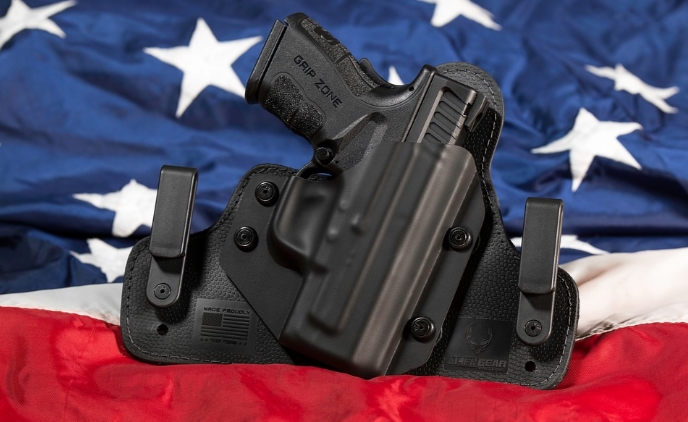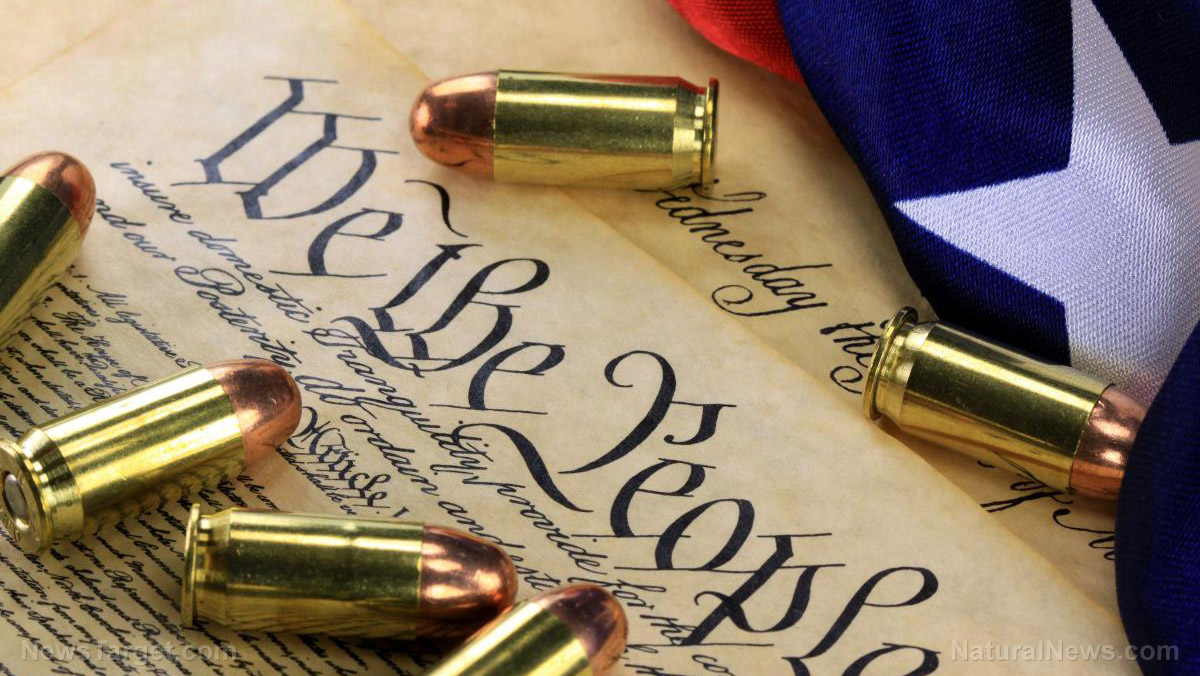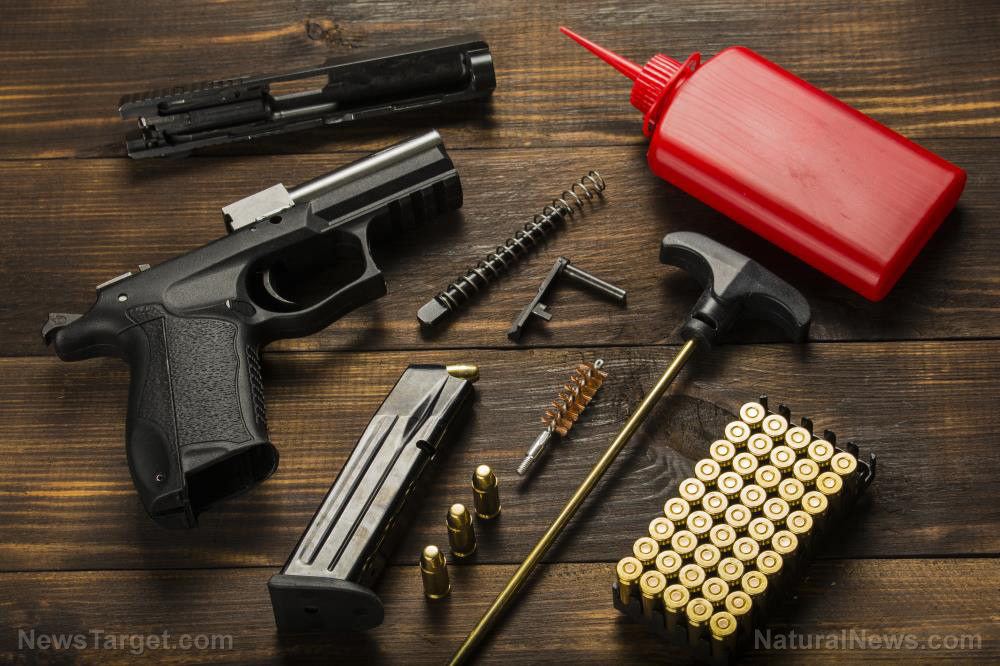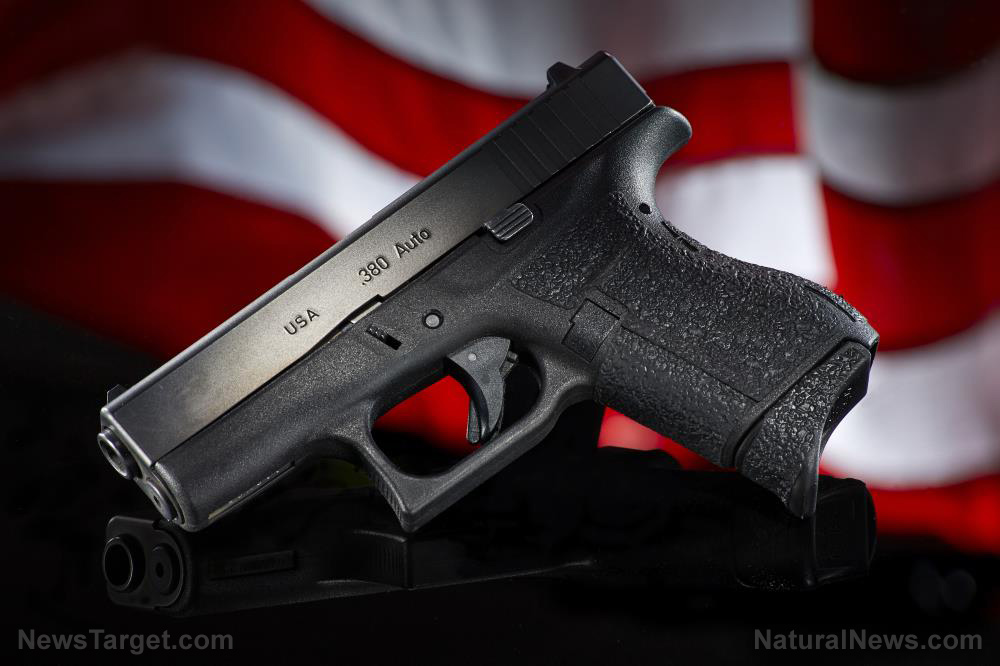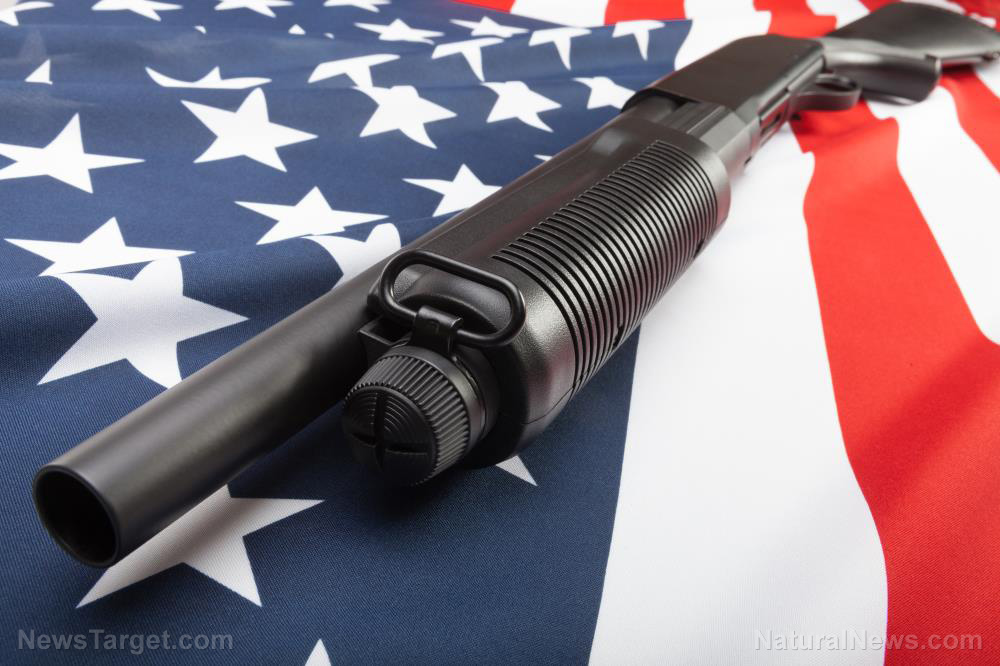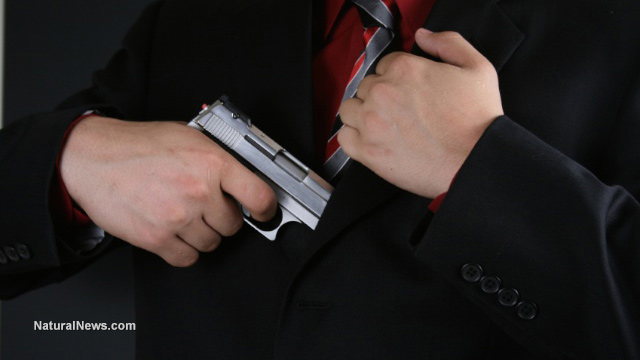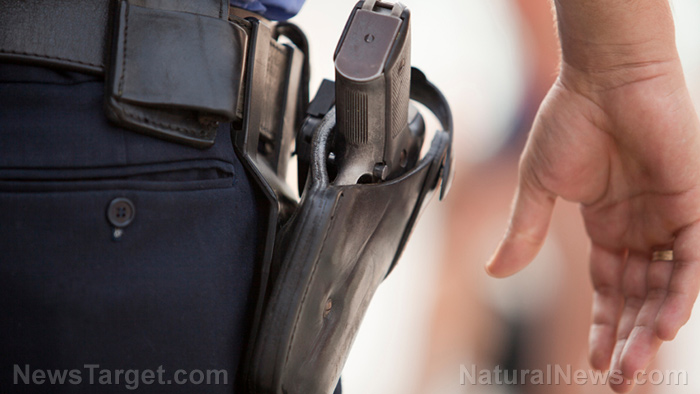Want to become a better shooter? Try taking long-range handgun shots
03/03/2019 / By Rhonda Johansson
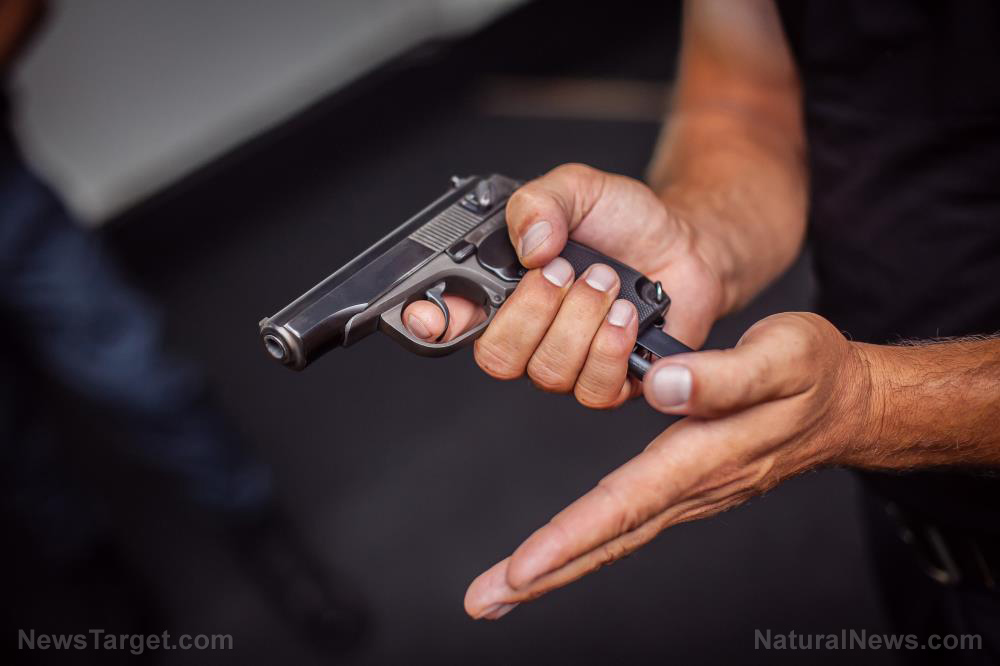
Guns are only as good (or bad) as the people who wield them. If you’re a gun owner, you’ve been to a practice range before. Those of us who carry a concealed carry are told to practice our shots within seven yards, the typical distance between you and a potential criminal. It is stressed in each session that most gunfights occur within this distance, so you better be pretty darn good in handling yourself and using your firearm at this range.
That said, you still may want to consider taking the time and effort to begin practicing with both medium and long-range handgun shots.
Here’s why: It will increase your skill and confidence in handling any type of survival situation — especially those where your life, or the lives of those around you, is at stake.
Let’s use an example. Say you’re trying to learn how to play the guitar. You’d typically start with a few Pearl Jam tunes, or the fan-favorite “More than Words” chords by Extreme. These will make you competent — but only to a degree. You’ll be a better guitarist when you add in a little Steve Vai, Joe Satriani, or heck, even B.B. King to your repertoire. The varying complexity, breadth, and experience of the same material will help you be the best guitarist you can be.
The same idea applies to shooting. We do recommend that you always practice shooting within seven yards, but if you only practice at this range, you’re selling yourself short. You aren’t going to get better. It’s best to practice more difficult skills.
Practicing long-range handgun shots will also prove useful in active shooter situations. Of course, each situation is different but most active shooting cases occur at more than 80 yards. Consider, for instance, the Fairchild Air Force base shootings of 1994. A serviceman who was discharged after being declared unfit for duty started shooting random people in the area. An MP engaged the shooter at more than 70 yards with his Beretta M9 service pistol. Senior Airman Andy Brown fired four times and hit the suspect twice, with one round being a fatal headshot. (Related: Study: Concealed carry firearms owners have a 94% success rate stopping potential mass shooters.)
Other examples exist of people defending themselves from an active shooter scenario with long-range pistol shots. These range from civilians protecting themselves from a deranged gunman to officers in the line of duty. As you can see, handguns become very effective at longer distances in practiced hands.
Improving your accuracy
You become a better shooter with practice, ‘nuff said. You don’t need to buy a new fancy piece of gear or upgrade the equipment you already have. To dramatically improve your long-range accuracy, you really need to practice.
Focus on the basics and execute them well. After you’ve learned how to consistently and accurately shoot within seven yards, try expanding your range. Pay attention to what you’re doing, and then focus on how to do it better. This normally means paying closer attention to your technique before looking toward upgrading your gear.
A great tip us gun owners have heard (and which we’re passing on to you) is to just make the next shot count. This not only applies to shooting, but to life in general. Don’t worry about making mistakes — they happen. Instead, focus on what you need to do to make the next shot count. Remember that once you’ve pulled the trigger, there’s nothing you can do to bring the bullet back.
Sources include:
Tagged Under: 2nd Amendment, concealed carry, firearms, guns, handguns, long-range handgun shots, preparedness, prepper, prepping, self-defense, shooting skills, shootings, survival

